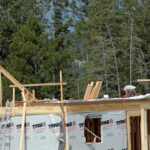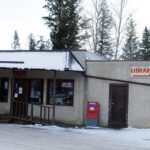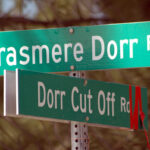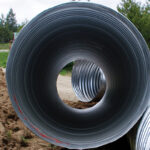Home »
Ta Ta Creek area prescribed burn delayed
Weather permitting, the Rocky Mountain Trench Ecosystem Restoration Program will conduct a prescribed burn south of Ta Ta Creek in the vicinity of the old Kimberley airport on Friday, September 30.
Smoke from the controlled fire will be visible from Hwys 95A and 93/95 by Friday afternoon. The public is asked to avoid the area around the old airport and south of Miller Road throughout the day.
The provincial Wildfire Management Branch will ignite and control the burn on behalf of the ecosystem restoration program.
Burn boss Mike Morrow expects the grassland fire will start around noon but notes that light-up is entirely dependent on weather conditions at the time.
“The forecast is predicting good conditions on Friday followed by several cool wet days, which is just what we want,” Morrow said. “But you never know for sure whether you can light up until you’re on site and get a last-minute weather report that tells you venting conditions are right for smoke dispersal.”
A crew of 15 from the Southeast Fire Centre’s Cranbrook Fire Zone will ignite the low-intensity ground fire using hand-held drip torches.
The crew will start with a 40-hectare block east of the old airport and, if conditions remain favorable, will ignite an additional 70 hectares to the south. Roads around the entire 110 hectares of Crown land will serve as fireguards.
“This is an ecosystem restoration site that was logged by Tembec in 2007,” said
Randy Harris, ecosystem restoration team leader for the Ministry of Forests, Lands and Natural Resource Operations in Cranbrook.
“Logging has returned it to grassland, with a light covering of trees, and now we will complete the restoration process with a prescribed burn.”
Prescribed burns are a resource management tool used to restore East Kootenay grasslands and open forests.
Classified as fire-maintained ecosystems, grasslands and open forests require frequent low-intensity surface fire to control tree regeneration, recycle soil nutrients, and rejuvenate bunchgrasses, shrubs and other understory vegetation.
Prescribed burns also remove accumulated forest litter and are widely used to reduce the risk of more severe wildfire.
Susan Bond, Rocky Mountain Trench Natural Resources Society







